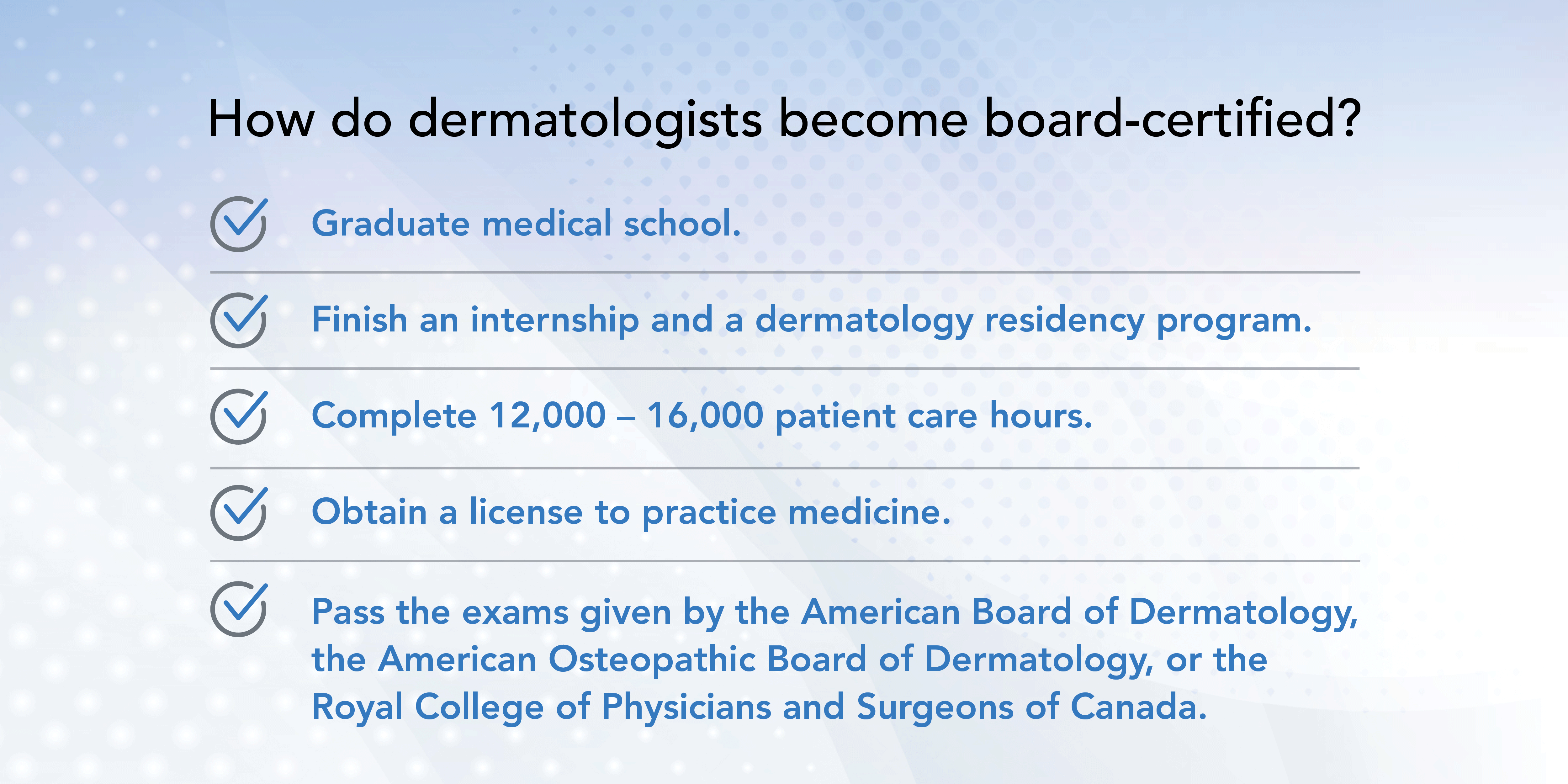Find a reliable dermatologist to help you with dermatological concerns.
Find a reliable dermatologist to help you with dermatological concerns.
Blog Article
Browsing Skin Cancer Treatment: The Necessary Function of Mohs in Modern Dermatology Practices
Skin cancer cells, a difficult diagnosis, frequently leaves people coming to grips with various treatment options. Amongst these, Mohs surgery stands as a sign in contemporary dermatology, renowned for its meticulous technique to cancer cells elimination and preservation of surrounding healthy and balanced tissue. This innovative technique guarantees not just superior cosmetic outcomes but likewise supplies instant results, easing person anxiousness. As we explore the details of this procedure, one will certainly appreciate its essential duty in skin cancer therapy.
Comprehending Skin Cancer Cells: Types and Dangers
Skin cancer cells, a possibly lethal malady, is much more widespread than numerous people understand. This condition, caused by the unrestrained development of uncommon skin cells, primarily results from DNA damage because of direct exposure to the sunlight and ultraviolet (UV) light. There are 3 main types of skin cancer: Basic cell cancer, Squamous cell cancer, and Melanoma. While the former two are less deadly and comprise the bulk of detected instances, cancer malignancy is the most harmful. It represents only regarding 1% of skin cancer situations however triggers the huge bulk of skin cancer cells fatalities - skin cancer. Danger aspects consist of reasonable skin, background of sunburn, extreme sunlight exposure, living at high altitudes or near the equator, having lots of moles, a household history of skin cancer, and weakened body immune system.
What Is Mohs Surgical treatment and Exactly How It's Transforming Skin Cancer Therapy
In spite of the numerous treatments presently readily available for skin cancer, Mohs surgical treatment stands out as a groundbreaking and extremely reliable solution. Named after Frederic E. Mohs, the physician who created the procedure, Mohs surgical treatment is a precise medical strategy used to deal with skin cancer cells. This level of accuracy, combined with the ability to save as much healthy and balanced cells as possible, is transforming skin cancer cells therapy.
The Benefits of Mohs Surgery Over Conventional Skin Cancer Cells Therapies
Building on the cutting-edge nature of Mohs surgery, it's imperative to consider its numerous advantages over standard skin cancer cells therapies. Unlike guidelines, Mohs offers a higher remedy rate, usually reaching 99% for novice treatments and 94% for recurrent cancers cells. This accuracy is because of its distinct method of progressively getting rid of and checking out cells layers up until only cancer-free cells continue to be (chemical peel). Furthermore, it lessens damage to healthy and balanced skin, causing less scarring and improved aesthetic end results. Mohs likewise provides instant results, eliminating the anxiety-ridden wait typical with other techniques. Finally, it's affordable, as the surgery and tiny evaluation take place concurrently, removing the requirement for additional lab services. Hence, Mohs represents a considerable development in skin-related practices.
The Procedure of Mohs Surgical Treatment: What to Anticipate During the Process
:max_bytes(150000):strip_icc()/GettyImages-1154030721-974bcd6d70ff4489ba961317f1f3640f.jpg)
Possible Side Results and Post-Operative Treatment of Mohs Surgical Procedure
Going through Mohs surgery, like any other operation, entails potential adverse effects that individuals must understand. Typical adverse effects include pain, bruising, and swelling at the surgical procedure website. However, these are typically short-term and workable with over the counter discomfort medication and ice packs. In unusual instances, patients may experience infection, bleeding, or an allergy to the anesthetic. Post-operative care is vital to recovery and minimizing adverse effects. This normally entails maintaining the injury tidy and completely dry, taking prescribed medications, and avoiding difficult tasks. Individuals need to additionally participate in all follow-up appointments for injury treatment and surveillance. In some cases, additional treatments may be necessary to ensure complete removal of the malignant cells. Sticking to these post-operative treatment standards can substantially boost recuperation and end results.
Verdict

Report this page